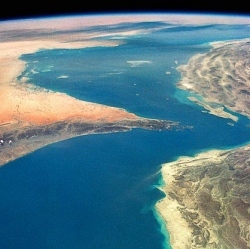
Europe has launched the Gaia satellite – one of the most ambitious space missions in history. The 740m-euro (£620m) observatory lifted off from the Sinnamary complex in French Guiana at 06:12 local time (09:12 GMT).
Gaia is going to map the precise positions and distances to more than a billion stars.
This should give us the first realistic picture of how our Milky Way galaxy is constructed.
Gaia’s remarkable sensitivity will lead also to the detection of many thousands of previously unseen objects, including new planets and asteroids. Separation from the Soyuz upper-stage was confirmed just before 10:00 GMT.
The satellite is now travelling out to an observing station some 1.5 million km from the Earth on its nightside – a journey that will take about a month to complete. Gaia has been in development for more than 20 years.
It will be engaged in what is termed astrometry – the science of mapping the locations and movements of celestial objects.
To do this, it carries two telescopes that throw light on to a huge, one-billion-pixel camera detector connected to a trio of instruments. Gaia will use this ultra-stable and supersensitive optical equipment to pinpoint its sample of stars with extraordinary confidence.
